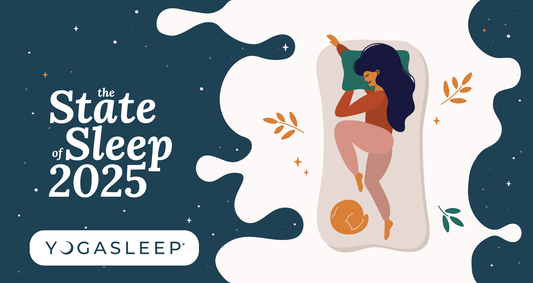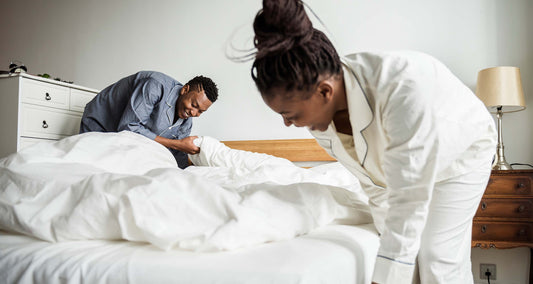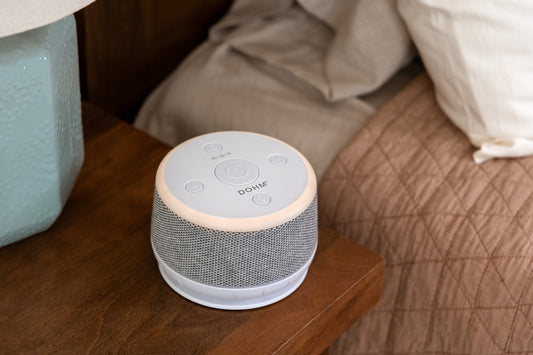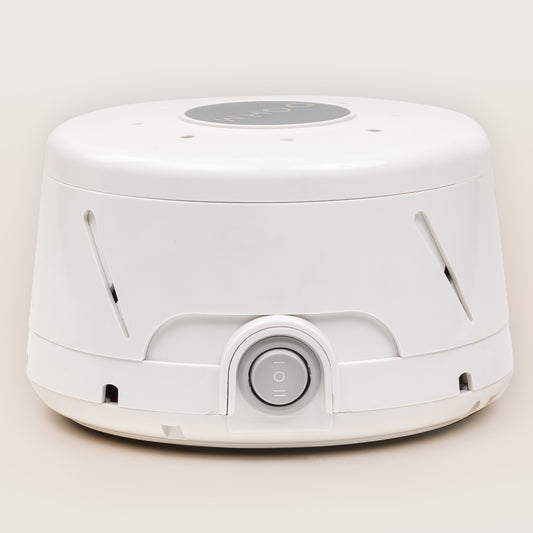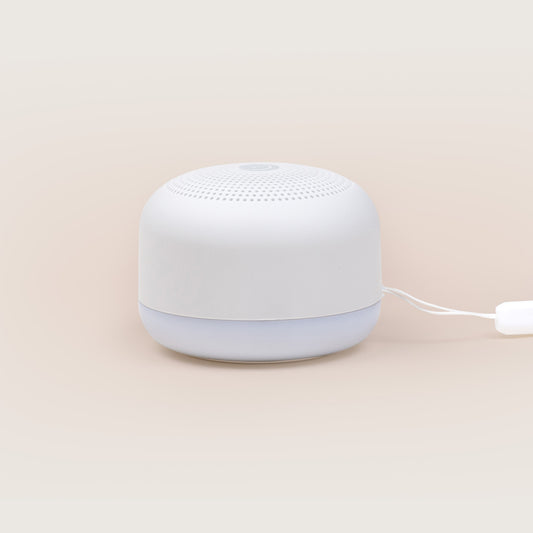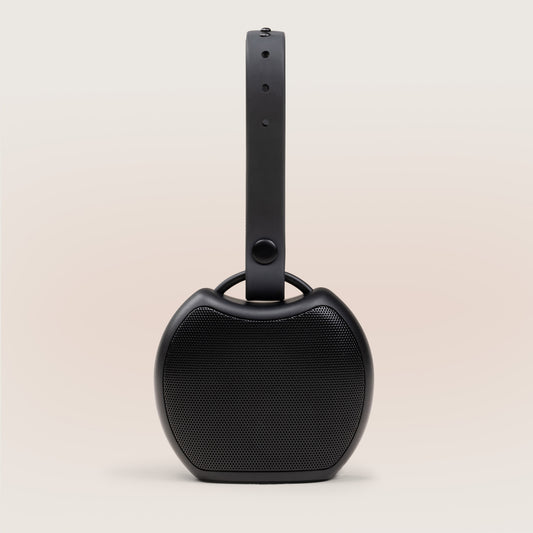
Daylight Savings Time: A Parent's Guide to Time Changes
As a parent, you know all too well how important sleep is for both you and your little one. And while you may have finally established a solid sleep routine for your baby or toddler, Daylight Savings Time can hinder all your hard work. Suddenly, your child is waking up earlier or struggling to fall asleep at night, leaving you feeling sleep deprived and frustrated. But fear not! With a little preparation and some helpful baby sleep products, you can make time-change transitions a breeze.
Get a Head Start
One of the best ways to make Daylight Savings Time a little easier is to gradually shift your child's bedtime routine in the days leading up to the change. While adults may be able to adjust somewhat easily to adding or losing an hour of sleep, kids do best when their schedules are changed in baby steps (no pun intended!) Shifting your child’s dinnertime and bedtime routines while sticking to your usual sleep cues like reading books, brushing teeth, and including white noise, can help make the transition easier.
Fall Back Without Falling Off Your Sleep Routine
When Daylight Savings Time ends in the fall and we gain an hour of sleep, it's a little less challenging for parents and children alike to adjust. To help your child's sleep schedule stay on track, you can start by pushing back their bedtime 15 minutes earlier for four days leading up to the time change. This will help your child ease into the time shift and not feel as jolted when the clocks move back an hour. Be sure to also modify your child's dinnertime and other bedtime routines accordingly to maintain a sense of balance.
Springing Forward? How to Keep Your Little One from Springing Out of Bed
When Daylight Savings Time begins in the spring, losing an hour of sleep can be challenging for anyone, no matter how old they are. To help your child adjust, you can start by shifting their bedtime 15 minutes earlier for four days leading up to the time change. This way, when the clocks move forward an hour, your child's body won't be as surprised by the change. Adjust dinnertime and other routines by 15 minutes as well to keep your evenings on track.
White Noise: The Secret Weapon for a Good Night's Sleep
One helpful sleep product that can aid in your child's sleep routine is a white noise machine. White noise can help create a soothing sleep environment and become a sleep cue for your little one. The Light-to-Rise sleep trainer is an excellent option because it includes not only white noise but also a night light and gentle light cues. These features can help your child understand when it’s time to sleep and when it’s okay to get up and play. Adjust the built-in clock to your new sleep and wakeup times while explaining to your kids why we adjust our clocks in the fall and spring!
Don't Forget About the Sunlight
While adjusting your child's sleep schedule leading up to Daylight Savings Time is crucial, it's also important to remember the role that sunlight can significantly impact your child’s circadian rhythm as well as their sleep routine. Exposure to morning sunlight can help reset your child's internal clock and get them back on track after a time change. Turn down the lights and use light-blocking curtains to keep your home a bit darker an hour or two before bedtime. Also be sure to keep devices that emit blue light out of the bedroom to help promote a calm environment for sleep.
Don't Be Afraid of the Dark: The Benefits of a Night Light
In addition to a basic white noise machine, some sound machines have other features that can help your child sleep better during Daylight Savings Time. A night light can provide a sense of security for your little one and make them feel more comfortable in the dark. The Dohm Nova sound machine and night light is a great option as it includes the scientifically proven fan-based Dohm technology plus a gentle adjustable night light to help soothe your child to sleep and ease any nighttime fears. If your little one prefers to dose off to a gentle lullaby, the Nod sound machine for babies provides even more sound options, pairing its night light with 20 different soothing sleep sounds.
Oops! You Forgot to Prepare for Daylight Savings Time - Now What?
If you forgot to prepare for Daylight Savings Time, don't panic! While ideally it's best to slowly adjust your child's sleep schedule, sometimes life gets in the way. If that's the case, do your best to take your child outside in the morning and expose them to sunlight. This can help reset their internal clock and get their sleep and wake schedules back on track. And again, keep your home a bit darker in the evening to promote a calm sleep environment.
Every child is different, and what works for one may not work for another. It may take some trial and error to find the sleep products and routines that work best for your little one. But with a little patience and some planning, you can make Daylight Savings Time a little easier. And remember, consistency is key, so stick to your usual bedtime routine as much as possible to help your child feel secure.
Most importantly, you need to be patient with your little one during the transition. They may have trouble falling asleep or waking up at their usual time for a few days after the time change. Try to maintain a calm and reassuring presence for your child and offer extra comfort if they need it. This is a temporary adjustment, and things will get back to normal soon!
Now that we’ve covered how to help your little one adjust to these time changes, check out our other Daylight Savings blogs for tips on how you can get better sleep during these periods. After all, your need for sleep is just as important as the rest of your family’s!
10 Tips to Get You Through Daylight Savings Time

Disclaimer: The information on our site is NOT medical advice for any specific person or condition. It is only meant as general information. If you have any medical questions and concerns about your sleep, please contact your healthcare provider.

